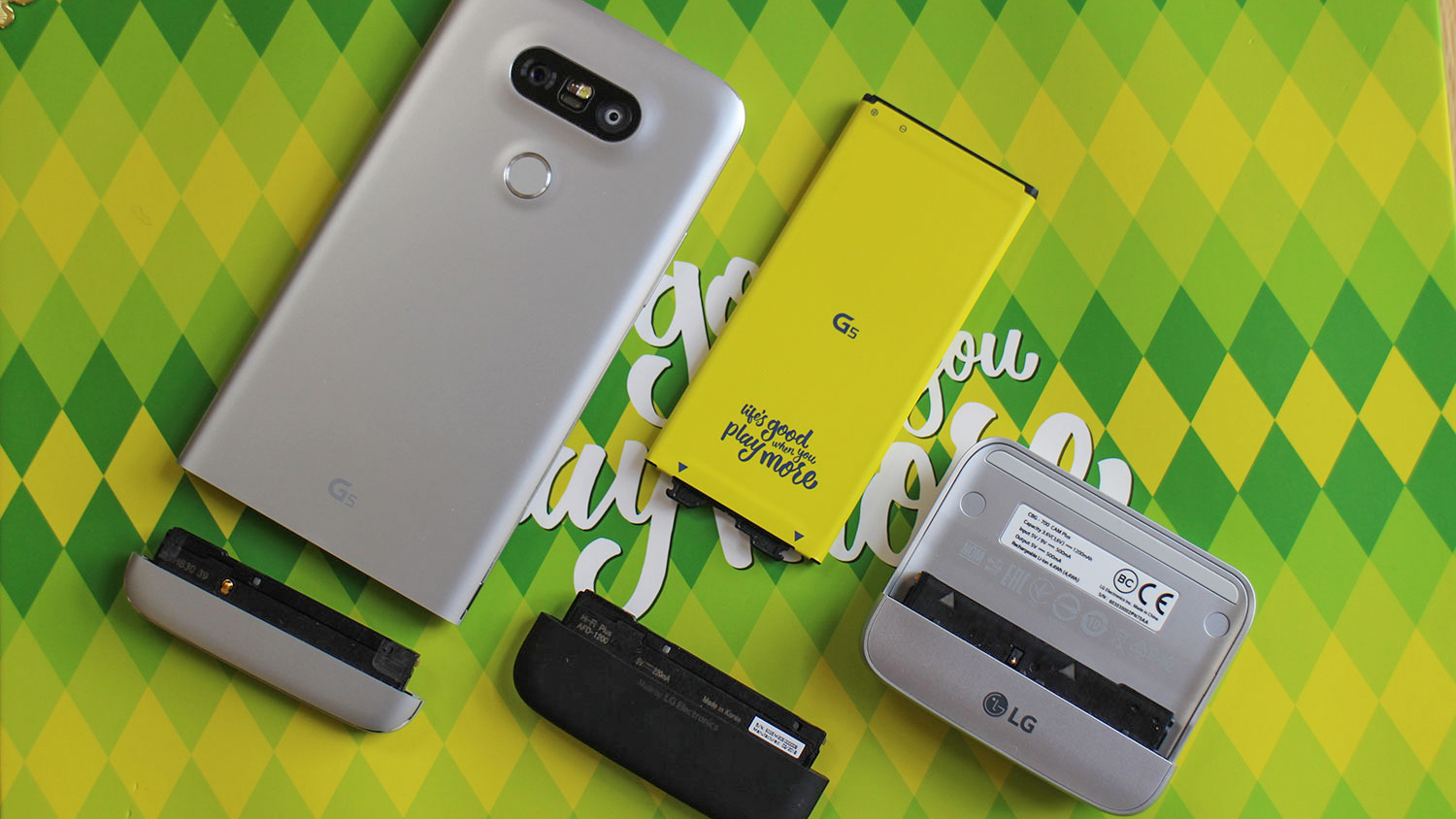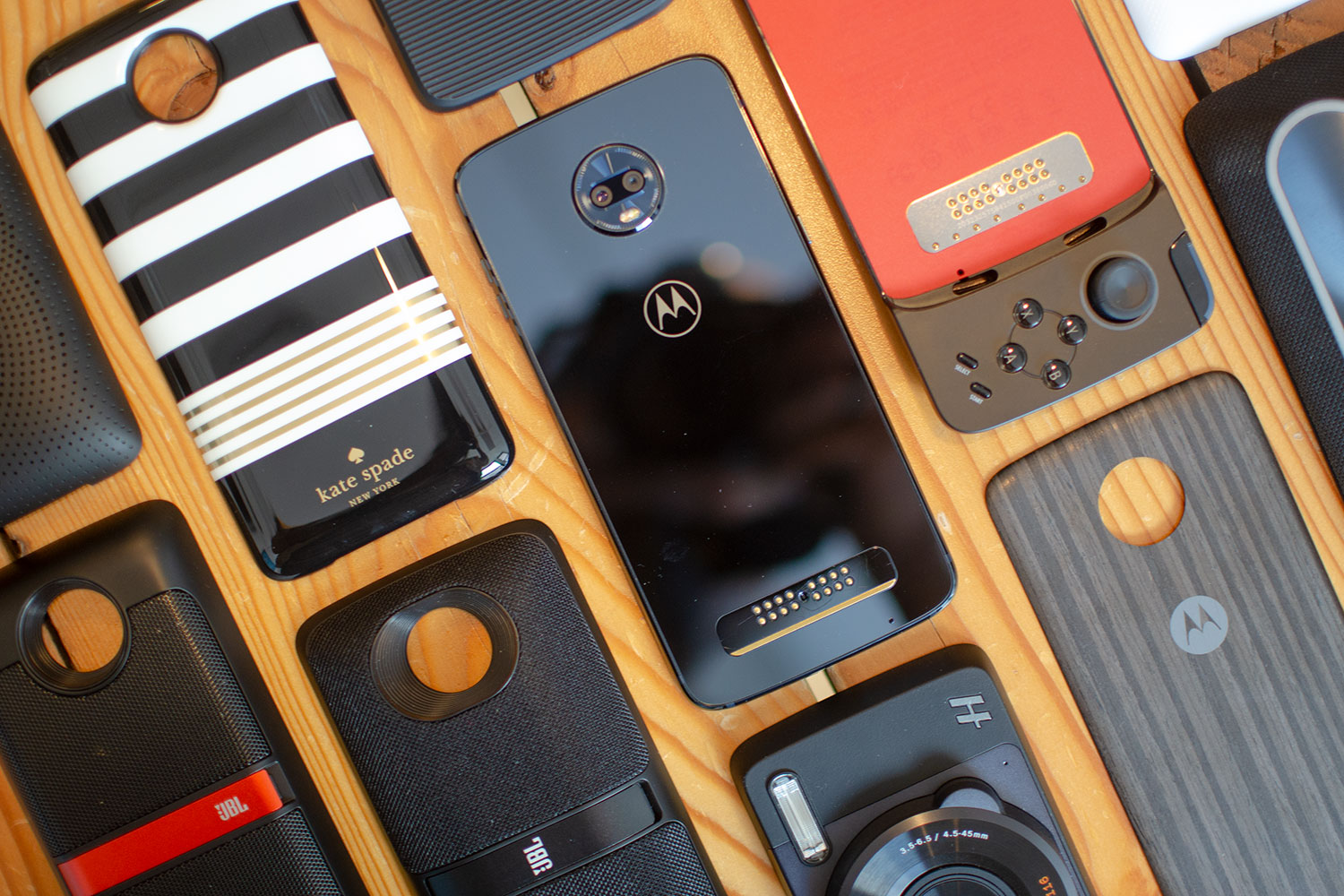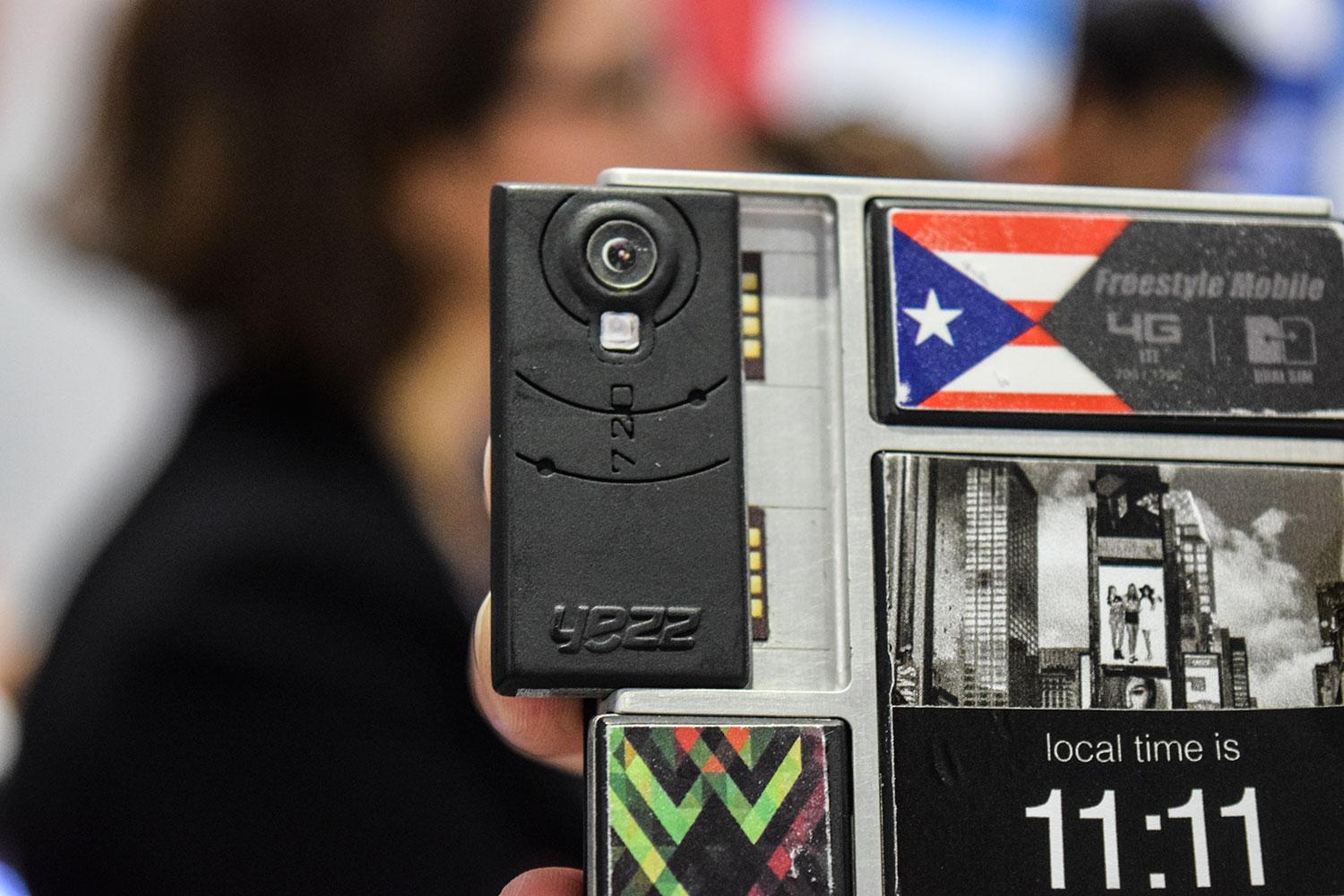
HMD Global is best known for making phones with the Nokia name on them, but that’s changing in 2024, and at MWC 2024, it has revealed its bold plan for the future. Not only is it making a Barbie phone with Mattel, but it’s also improving repairability. In turn, it’s tackling one of the industry’s biggest missed opportunities — modular phones — by taking on the concept in a new way.
Digital Trends spoke to HMD Global’s head of product marketing, Adam Ferguson, over Zoom during the Barcelona trade show to understand more about the new name we’ll see on phones this year.
Ambitious plans

Ferguson started off by making it very clear the firm isn’t holding back when it comes to the new plans, saying:
“As a brand, we have pretty much unlimited ambitions when it comes to growth in the future few years.” But he’s also realistic, adding, “What we want to make sure we don’t outpace ourselves when it comes to establishing this new brand. There is so much for us to do, and we don’t want to jump in with one massive thousand-dollar phone that will ruin our chances.”
With this, Ferguson neatly answers the question many tech fans will have in their minds: Are we getting a new Samsung Galaxy S24 Ultra competitor? It seems not, at least not for now. Going forward, HMD Global will become known as HMD (which apparently stands for Human Mobile Devices). It will produce a series of HMD Original phones that will occupy various price tiers. However, the focus will be on sustainability and repairability.

“What we are focusing on at the moment is something that has always been very important to HMD, which is to make sure that you bring as much as we can to everybody, so we take things like repairability and bring it down to price points that nobody has seen before. What you’re going to see from us now is taking advanced repairability and bringing it up the price scale as well.”
The first HMD Original smartphone will reduce the number of steps required to change a broken screen, one of the more common but also most complex tasks you can do on its current range of repairable phones under the Nokia name. However, to repair a phone, you have to take it apart, making it somewhat ‘modular.’ This process leads us to HMD’s second, and some may say braver, plan for the coming year.
HMD Fusion is coming to solve modular phones

HMD Global showed how seriously it takes easy repairability with phones like the Nokia G42, and simplifying the process even further promises to make the first wave of HMD Original phones intriguing. But not as intriguing as HMD Fusion, the name given to its take on modular phones in the truest sense. Using an as-yet unseen base HMD Fusion phone, the concept is for us to eventually equip it with so-called Smart Outfits that enhance its functionality. The twist is that HMD has opened up the toolkit for the development of these Outfits to everyone, calling it a “blank canvas for creativity.”
Ferguson provided more detail about what Fusion is, saying:
“It will be an HMD device, and at its heart, it is a slimline smartphone that if you were to use it on its own, it would be perfectly functional and a very solid phone. The thing which makes it unique is the the six pin connectors that allow people to build their Smart Outfits around it, and the very simple Android software integration.”
HMD gives a few examples of what it expects people to create with Fusion, ranging from accessories like barcode scanners and directional microphones to extended batteries and complex medical devices. While it doesn’t use the word modular to describe Fusion, it’s certainly reminiscent of previous takes on the technology, such as the LG G5 and LG Friends, Motorola’s Moto Mods, and Google’s Project Ara. However, none of these survived long, so what is HMD’s secret weapon?
“We’re very much aware that other people have tried similar things in the past,” Ferguson admitted. “The big difference between what has come before and now is the simplicity and the ease. We’re not going to retain the ownership [of the Smart Outfits], so you can do what you want to do. We have a simple hardware interface, a simple software interface, so let’s see what we can do together.”
Modular phones for everyone?
The way Fusion is described and the fact anyone can download the development toolkit makes it seem like the system to build a Smart Outfit is highly accessible. But how true is this assumption, and will HMD make its own range of accessories? Ferguson explained more:
“Is this going to be something that anybody off the street can just pick up and create themselves? No, it’s not going to be for everybody,” he clarified about Fusion’s simplicity, “That’s why we will create our own suite of Smart Outfits. But for those people that want to unlock the power of a device and have a little bit of savvy about it, those are the ones that could go away and do it.”
This brings in another interesting advantage HMD has over previous failed attempts at modular phones, as Ferguson pointed out:
“We have a slight advantage over the people that have come before, in the sense that things like 3D printing, knowledge of coding, and things like that are in the public mind in ways that they never have been before.”
Coming this summer

Will this technically ‘new’ brand be the one to solve the modular phone conundrum, where many others have failed in the past? We don’t have long to wait until we get our first look; HMD plans to launch the HMD Fusion during the summer, along with its first HMD Original devices and the Barbie Flip Phone created in partnership with Mattel.
It has not revealed any of the designs yet, outside of the pixelated teaser image seen above, the specifications, or the prices of its new hardware yet, but Ferguson’s words about “unlimited ambitions” should tell you it’s very serious about making its breakaway from being solely known as the maker of Nokia phones a success.







